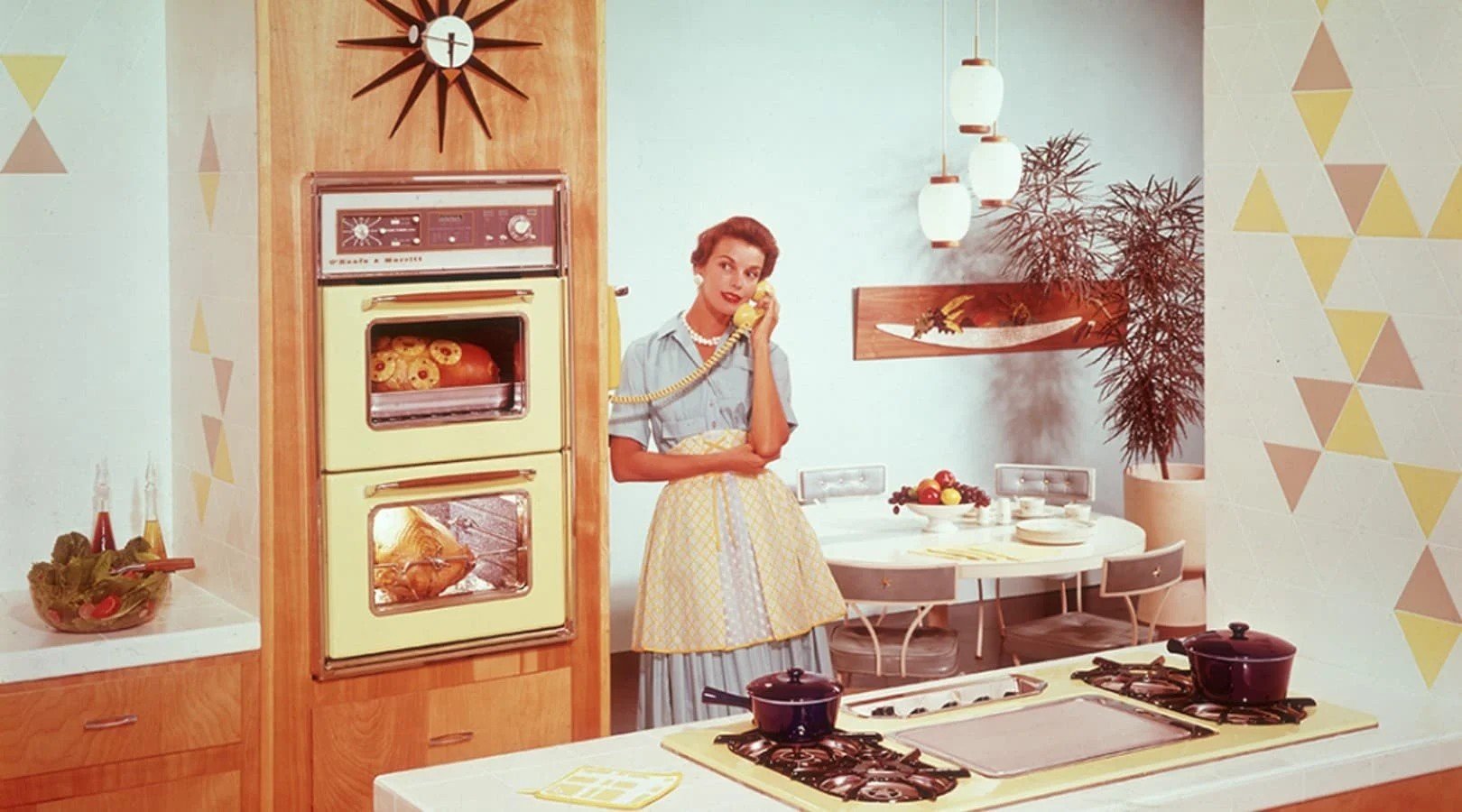1950s Style
The 1950s marked a transformative decade in America, characterized by significant shifts in culture, economy, and lifestyle. Following World War II, the United States experienced an economic boom that led to increased consumer spending and a thriving middle class. Suburbanization became a dominant theme, as families sought homes in newly developed neighborhoods, often featuring iconic ranch-style houses amid expansive lawns.
Culturally, the 1950s were defined by a blend of traditional values and emerging modern influences. The rise of television brought entertainment and information into homes, shaping public perception and creating shared cultural experiences. This era also saw the birth of rock 'n' roll, a genre that challenged societal norms and reflected the youthful spirit of the time.
Design trends during the 1950s embraced a mix of innovation and retro aesthetics. The influence of Scandinavian design promoted clean lines and functional furniture, while bold colors and patterns became popular in textiles and decor. Kitchen design saw dramatic changes, incorporating the latest technology and vibrant colors to reflect optimism and modernity.
Socially, the decade grappled with issues of race and civil rights, as grassroots movements began to challenge longstanding inequalities. The tension between tradition and change set the stage for the tumultuous 1960s.
Overall, the 1950s laid the groundwork for many aspects of contemporary American life, combining economic prosperity with shifting social landscapes and a bold embrace of modern design.
Learn more: Decades of Design: How American Interior Design Trends Reflect Our History

